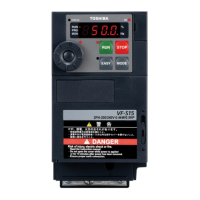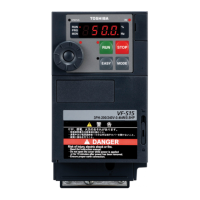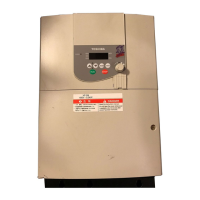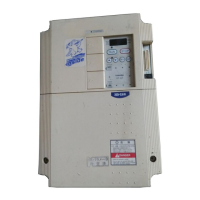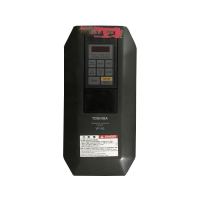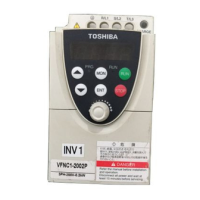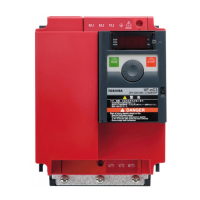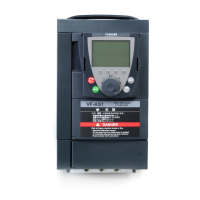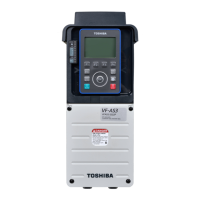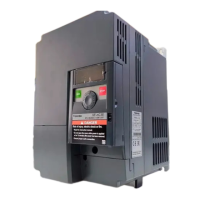E6581158
N-4
14
<Criteria for appearance check>
• Absence of liquid leak
• Safety valve in the depressed position
• Measurement of electrostatic capacitance and insulation resistance
Note: When it becomes necessary to replace expendable parts, contact Toshiba Electric Service Co., Ltd.
or your nearest branch office or sales office of Toshiba Industrial Products Manufacturing Corpora-
tion. For safety's sake, never replace any part on your own. (*: For the address and telephone num-
ber of TDS, see the back cover of this manual.)
The operation time is helpful for roughly determining the time of replacement. For the replacement of parts,
contact the service network or Toshiba branch office printed on the back cover of this instruction manual.
Q Standard replacement cycles of principal parts
As guides, the table below lists part replacement cycles that were estimated based on the assumption that
the inverter would be used in a normal use environment under normal conditions (ambient temperature,
ventilation conditions, and energizing time). The replacement cycle of each part does not mean its service
life but the number of years over which its failure rate does not increase significantly.
Part name Standard
replacement cycle
Replacement mode and others
Cooling fan 2 to 3 years Replacement with a new one
Main circuit smooth-
ing aluminum elec-
trolytic capacitor
10 years Replacement with a new one
Relay and contactor - Whether to replace or not depends on the check results
Aluminum electrolytic
capacitor mounted on
a printed circuit board
5 years Replace with a new circuit board
Note) The life of a part greatly varies depending on the environment of use.
14.3 Making a call for servicing
For the Toshiba service network, refer to the back cover of this instruction manual. If defective conditions are
encountered, please contact the Toshiba service section in charge via your Toshiba dealer.
When making a call for servicing, please inform us of the contents of the rating label on the right panel of the
inverter, the presence or absence of optional devices, etc., in addition to the details of the failure.

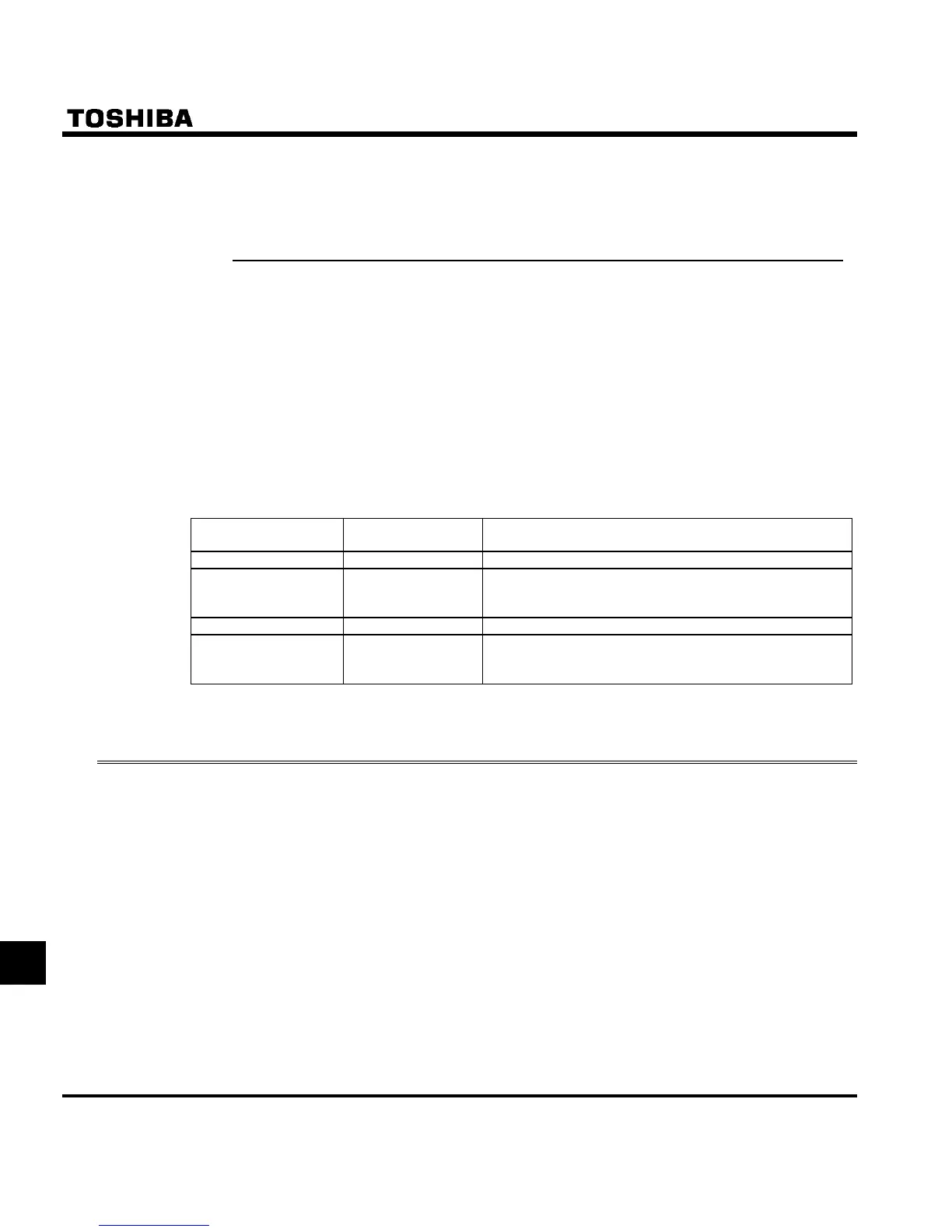